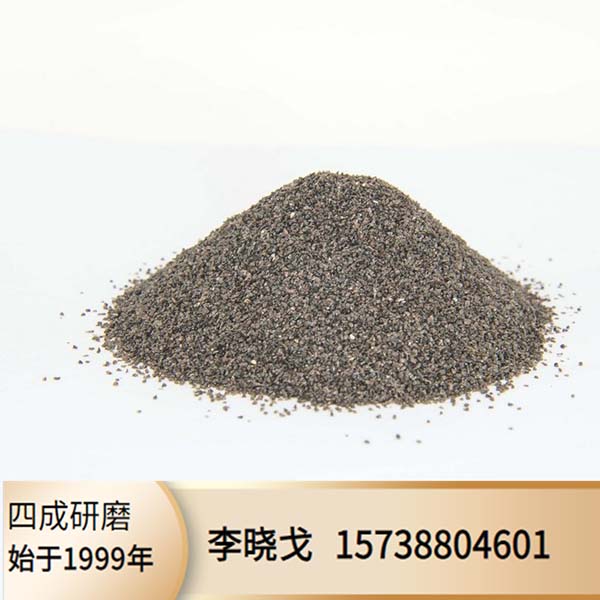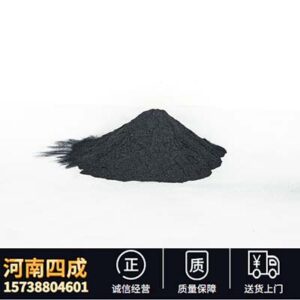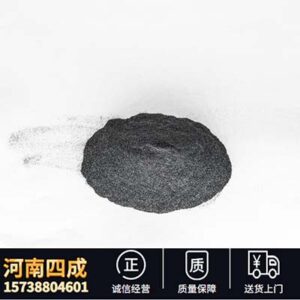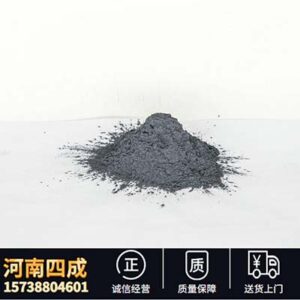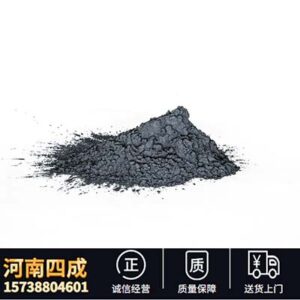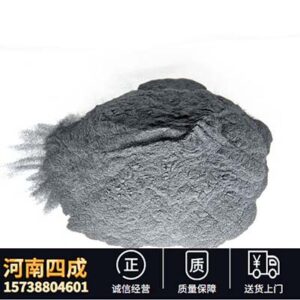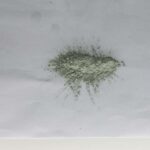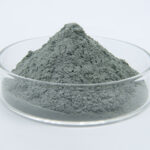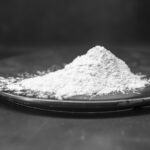Brown corundum Commonly used grinding methods can generally be divided into three categories: wet research, dry research and semi-dry research. Let’s take a look at each of them:
1. Wet research: also known as sand grinding, the liquid abrasive is continuously injected or coated on the grinding surface, and the brown corundum or white corundum abrasive is constantly sliding and rolling between the workpiece and the research tool to form a cutting motion. Wet grinding is generally used for coarse grinding, and the particle size of the micronized abrasive used is coarse than W7.
2. Dry research: also known as sand grinding, brown corundum or white corundum abrasive is evenly embedded in the surface layer of the research tool, and only a small amount of stearic acid mixed grease and other auxiliary materials need to be coated on the surface of the research tool when grinding. Dry grinding is often used for fine grinding, and the particle size of the micronized abrasive used is finer than W7.
3. Semi-dry research: similar to wet research, the abrasive used is paste grinding paste. Grinding can be done either manually or on a grinder. The workpiece must be used other processing methods to obtain high pre-machining accuracy before grinding, and the grinding allowance left is generally 5~30 microns.
